According to an announcement from Vietnam Electricity Group, from May 10, the average retail electricity price will increase from VND2,103.11 to VND2,204.07/kWh (excluding value added tax - VAT), equivalent to an increase of 4.8%. The most recent adjustment in electricity prices was on October 11, 2024, with an increase of 4.8%.
The adjustment of electricity prices is based on Decree 72 of the Government on the mechanism for adjusting average retail electricity prices issued in March. Accordingly, when input costs increase by 2% or more, electricity prices will be reviewed for change every 3 months.
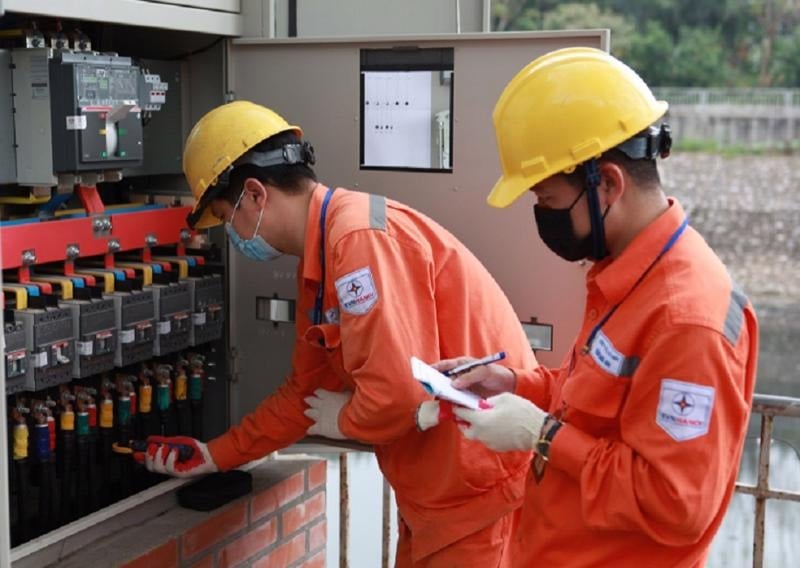
Sharing about the decision to increase electricity prices at a press conference on the afternoon of May 9, Mr. Vo Quang Lam, Deputy General Director of EVN Group, said that this increase has been carefully considered by the enterprise based on fluctuations in input costs (coal and gas prices for electricity production) and electricity costs that people and businesses must pay.
In the first four months of the year, the cost of imported coal, gas and oil continued to increase. "The adjustment of electricity prices from May 10 was carefully considered by EVN to balance the needs, especially ensuring the competitiveness of the economy and social security," said Mr. Lam.
He said that after careful calculation and assessment of the impact on CPI and the economy, EVN proposed and issued a decision to increase electricity prices by 4.8%.
Manufacturing enterprises are directly affected.
While the increase may be phased in and adjusted differently across usage tiers, the overall impact on businesses’ energy costs is clear. In an already volatile input cost environment, higher energy prices are becoming a significant challenge to businesses’ competitiveness and profitability.
Energy-intensive manufacturing industries such as steel, cement, textiles, seafood processing, food, etc. are the most directly and heavily affected. Electricity is an indispensable input in the production process, accounting for a significant proportion of total costs. When electricity prices increase, production costs increase, reducing profit margins and making it difficult to price competitive products in the market.
According to the Vietnam Steel Association (VSA), electricity costs account for 15-20% of steel production costs. With a 4.8% increase in electricity prices, businesses such as Hoa Phat (HPG) and Formosa Ha Tinh estimate that production costs will increase by VND150-250 billion per year. The cement industry, such as Vicem Ha Tien, is more heavily impacted as electricity accounts for 25% of costs, causing cement prices to increase by 1.5-2.5%. Mr. Nguyen Xuan Nhu, Director of a mechanical engineering company in Dien Chau, Nghe An, said that electricity costs account for 10-15% of product costs. With the mechanical engineering industry's profit margin of only 5-10%, increasing electricity prices could put many businesses at risk of loss if they do not restructure their operations.
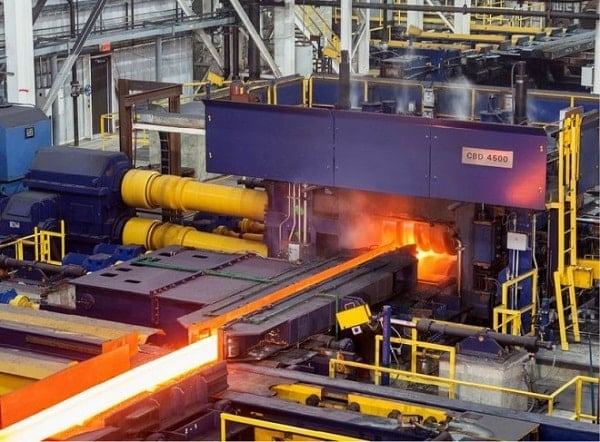
Meanwhile, export industries such as seafood and textiles face major challenges as the EU and US markets demand low prices and strict environmental standards. Thuan Phuoc Seafood and Trading Joint Stock Company said it spends VND1.5-2 billion per month on electricity, mainly due to operating cold storage. The increase in electricity prices has increased monthly costs by VND100-150 million, pushing the cost of each ton of processed shrimp up by VND400,000-600,000. Mr. Tran Van Linh, Chairman of the Board of Directors of Thuan Phuoc Company, said the increase in electricity prices is a "double blow" that makes it more difficult for businesses to maintain profits. Similarly, the Vietnam National Textile and Garment Group (Vinatex) reported that electricity costs account for 10-12% of costs, affecting its competitiveness in the export market.
The increase in electricity prices increases product costs, forcing businesses to consider increasing selling prices or accepting lower profits. According to BSC Securities, a 4.8% increase in electricity prices will increase the consumer price index (CPI) by about 0.16%, contributing to pushing inflation in 2025 to a forecast of 3.86-4.5%. This affects domestic purchasing power and the competitiveness of Vietnamese goods in the international market, especially in the context of tariff pressure from the US and declining export demand.
Rising electricity prices lead to increased costs for raw materials, logistics, and operations, especially in industries that rely on supply chains. For example, the engineering industry faces increased costs for raw materials (steel, aluminum) and transportation, squeezing already thin profit margins.
Not only the manufacturing industry, but also service industries such as hotels, restaurants, shopping malls, and logistics are facing increased operating costs due to rising electricity bills. In the agricultural sector, the costs of operating pumps, irrigation systems, and cold storage are also affected.
Business challenges and responses
Small and medium-sized enterprises (SMEs), which account for 98% of all businesses in Vietnam, lack the resources to invest in energy-saving technology or renewable energy. According to the Ho Chi Minh City Business Association (HUBA), 60% of SMEs are having difficulty maintaining profits when electricity prices increase.
Exporters are facing pressure from international markets that demand low prices and strict carbon emission standards. Free trade agreements (FTAs) such as the EVFTA and CPTPP require businesses to meet low emission standards. Rising electricity prices make investment in solar power or green technology difficult, especially for SMEs.
Many businesses use old equipment that consumes a lot of electricity. For example, Hoa Sen Steel and Pomina Steel’s steel furnaces are 20-30% less energy efficient than modern technology. The lack of a team of engineers specializing in energy management also limits the ability of businesses to implement energy-saving solutions.
In addition, the increase in electricity prices can also affect product prices, reducing the competitiveness of Vietnamese goods in the international market. Some economic experts warn that if electricity prices continue to increase at a high frequency, businesses will have difficulty calculating product costs and negotiating prices with partners. According to Mr. Dinh Hong Ky, Chairman of Secoin, domestic and international purchasing power has not fully recovered, making it difficult for businesses to transfer increased electricity costs to product prices. This forces businesses to cut other costs to maintain prices.
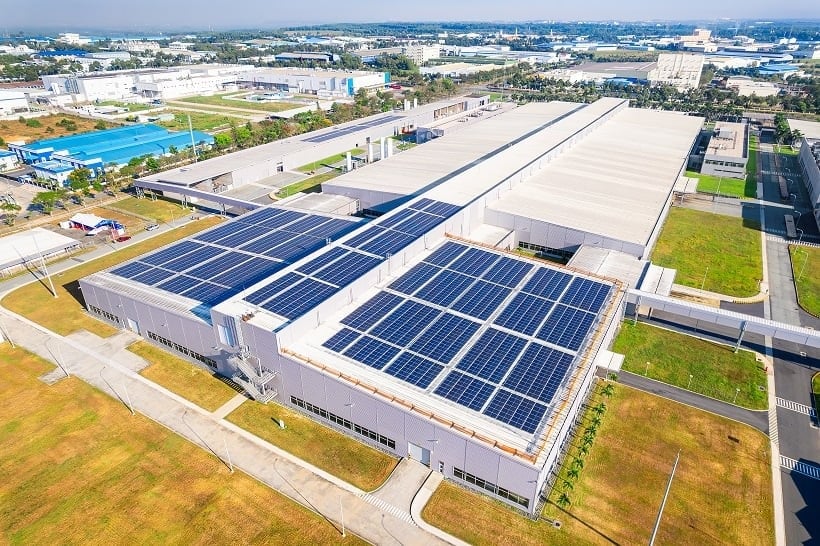
Faced with this situation, businesses are forced to find ways to cope by increasing energy savings. This is an urgent solution and has been implemented by many businesses, from replacing old equipment with energy-saving technology to adjusting production processes and using energy more efficiently.
Some potential enterprises are considering and investing in rooftop solar power systems or other renewable energy sources to be self-sufficient in part of their supply and reduce their dependence on the national grid. Enterprises such as Secoin (9 ceramic tile factories) and Thanh Cong Textile have installed rooftop solar power, meeting 20-30% of their electricity needs and reducing their dependence on the grid. The investment cost (VND15-20 million/kWp) can be recovered in 4-5 years.
For some industries and markets, businesses may consider increasing product prices to offset costs, but this needs to be done carefully so as not to lose competitive advantage. In addition, many industry associations and businesses are recommending that authorities consider support policies to reduce the burden of electricity costs, especially for heavily affected industries.
The increase in electricity prices is a reality that reflects the cost of electricity production and the need to invest in energy infrastructure. However, for businesses, especially small and medium enterprises, this is a significant challenge, requiring flexibility and creativity in management and response. Large enterprises such as Hoa Phat, Samsung, and Masan can maintain their advantage thanks to their ability to invest heavily in renewable energy.
In the long term, with a commitment to net zero emissions by 2050, businesses investing in green energy will better meet export standards, especially in the EU and the US. According to the Ministry of Industry and Trade, 30% of industrial enterprises will switch to renewable energy by 2030, helping to reduce dependence on the national grid. In the context of the 2025 economy with many fluctuations, pioneering businesses in energy management will create a competitive advantage, contributing to Vietnam's economic growth target of 8%.
Source: https://baodaknong.vn/gia-dien-tiep-tuc-tang-doanh-nghiep-lam-gi-de-doi-mat-voi-chi-phi-tang-len-252654.html


![[Photo] Scientific workshop "Building a socialist model associated with socialist people in Hai Phong city in the period of 2025-2030 and the following years"](https://vphoto.vietnam.vn/thumb/1200x675/vietnam/resource/IMAGE/2025/5/21/5098e06c813243b1bf5670f9dc20ad0a)

![[Photo] Determining the pairs in the team semi-finals of the National Table Tennis Championship of Nhan Dan Newspaper](https://vphoto.vietnam.vn/thumb/1200x675/vietnam/resource/IMAGE/2025/5/21/eacbf7ae6a59497e9ae5da8e63d227bf)
![[Photo] Prime Minister Pham Minh Chinh receives Rabbi Yoav Ben Tzur, Israeli Minister of Labor](https://vphoto.vietnam.vn/thumb/1200x675/vietnam/resource/IMAGE/2025/5/21/511bf6664512413ca5a275cbf3fb2f65)

![[Photo] Prime Minister Pham Minh Chinh receives the President of Asia-Pacific region of PowerChina Group](https://vphoto.vietnam.vn/thumb/1200x675/vietnam/resource/IMAGE/2025/5/21/0f4f3c2f997b4fdaa44b60aaac103d91)
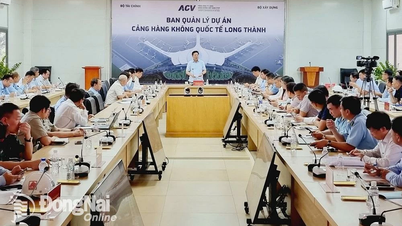







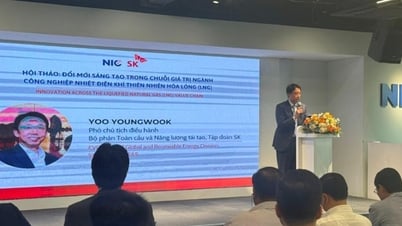









































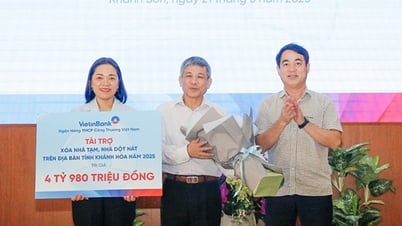





















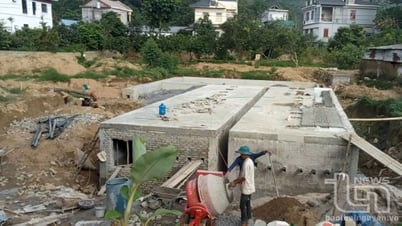











Comment (0)